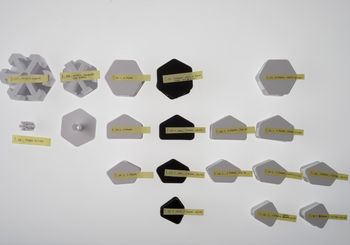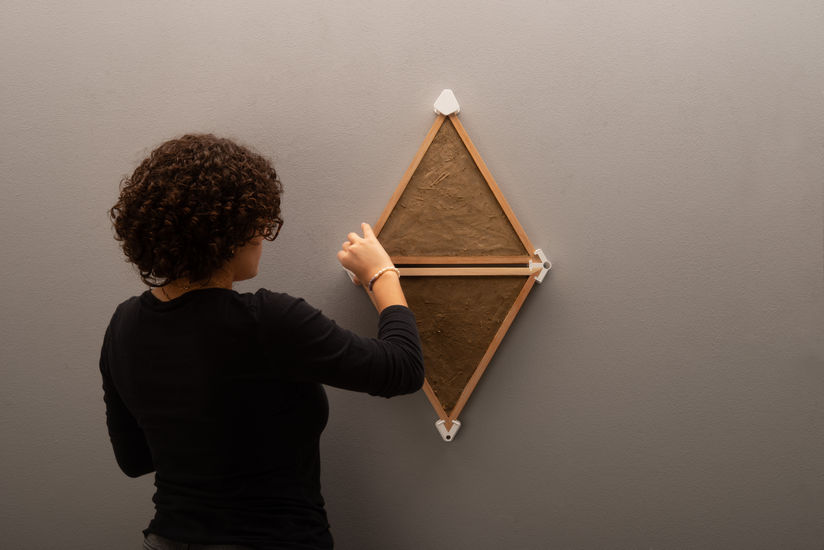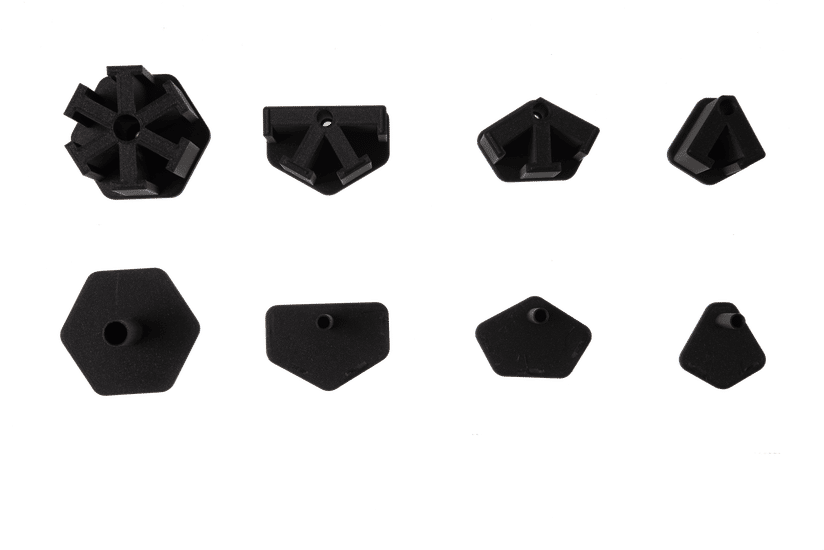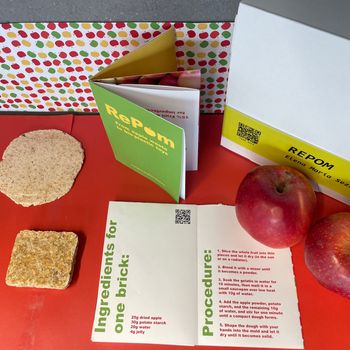Following a careful observation and analysis of the rice production and processing and after taking into account the properties and qualities of the waste materials of these processes, I decided to focus my attention on the reuse of straw and clay, which both retain insulating and air purification properties. For these reasons, the project aims to design bio-active panels, able to insulate, absorb Co2 and maintain balanced humidity inside the living environment.
Matter: Re-evaluate the Rice Landscape
Elena Maria Sezzano
EN
We are living in a historical moment in which the awareness regarding the uncertainty of our territories and their resources is shared and diffused. Despite this, we continue to design superfluous good, without considering the context in which they will be used.
In response to this reality, this project was brought to life. Its aim is to demonstrate that design can serve as moderator between human-beings and territory. The context taken into analysis is that of the rice field, an environment particularly suitable for the narration of a territorial culture, which has been handed down for generations. The rice field, in fact, is a panorama where the interactions between community and hearth are strong and durable.
Observing and understanding an environment and its society can be a means for the designer to generate goods with more awareness. Following these considerations, I matured the interest regarding the reuse of waste materials coming from rice cultivations and its processing. This practice aims to design goods whose life cycle is weighted from start to finish, that is, from the choice of raw materials to the disposal of the product.
The method used for the development of the project includes experiments on the waste materials of the rice fields, such as rice straw and clay, and the use of these materials in the design of an object capable of producing benefits for both human and the territory.
IT
Viviamo un momento storico in cui la consapevolezza riguardante la precarietà dei nostri territori e delle loro risorse è diffusa e condivisa. Nonostante ciò, continuano ad essere prodotti beni superflui e non progettati secondo il contesto nel quale se ne farà uso.
In risposta a tale realtà, nasce questo progetto, che mira a dimostrare che il design può avere valore di mediatore tra uomo e territorio. Il contesto preso in analisi è quello della risaia, ambiente particolarmente adatto per la narrazione di una cultura territoriale, che si tramanda da generazioni. La risaia, infatti, è panorama di forti interazioni tra comunità e terra.
Osservare e comprendere ambiente e comunità può essere un mezzo a disposizione del progettista per generare beni con più consapevolezza. A partire da queste considerazioni, si sviluppa l’interesse riguardo il riuso dei materiali di scarto provenienti dalla coltivazione e dalla lavorazione del riso. Tale pratica mira a progettare beni il cui ciclo di vita è ponderato dall’inizio alla fine, ovvero dalla scelta delle materie prime allo smaltimento del prodotto.
Il metodo adoperato per lo sviluppo del progetto include sperimentazioni sui materiali di scarto delle risaie, quali paglia di riso e argilla, e impiego di tali materiali nella progettazione e realizzazione di un oggetto in grado di produrre beneficio sia all’uomo che al territorio.



To mount the panels on the wall, modular joints were created, allowing the installation of one to six panels. The joints consist of two parts: the first is the base, which enables the actual screw fastening, and the second is a sort of cap that closes the joint and provides greater stability.













